
Honors Houses
Honors Houses are intellectual and social communities that enable our students and faculty to forge stronger connections with each other. The houses offer events, activities and camaraderie. Houses compete for prizes awarded throughout the year and, as the finale, to win the annual House Trophy. This competition is tallied through the FORGE Your Story application, powered by Suitable. Honors House Liaisons are student leaders for each house who bring their house members together and run the friendly house competition.
Honors College Scholarly Fellows are faculty with extraordinary dedication to and skill in undergraduate mentorship. They are connected to each House and, similar to Faculty Fellows, Honors College Scholarly Fellows interact informally with first-year Honors College students living in University Residences outside the classroom. They also mentor undergraduates more formally in faculty-led research, scholarly, or creative projects. Students may engage in research with any Scholarly Fellow, regardless of which house they are in.
About The Houses
In a nod to the Honors College emblems of the forge and the torch, each house is named for a forgeable metal. Throughout human history, the forge has been a site of skill, artistry and creativity, where metals are made into innovations. Worked and shaped by the hands of the artisan, metal is crafted into objects of use and beauty. Strong yet malleable, metal is conductive, durable and lustrous. Your mind is your material. You are the artisan. Become whatever you can imagine.
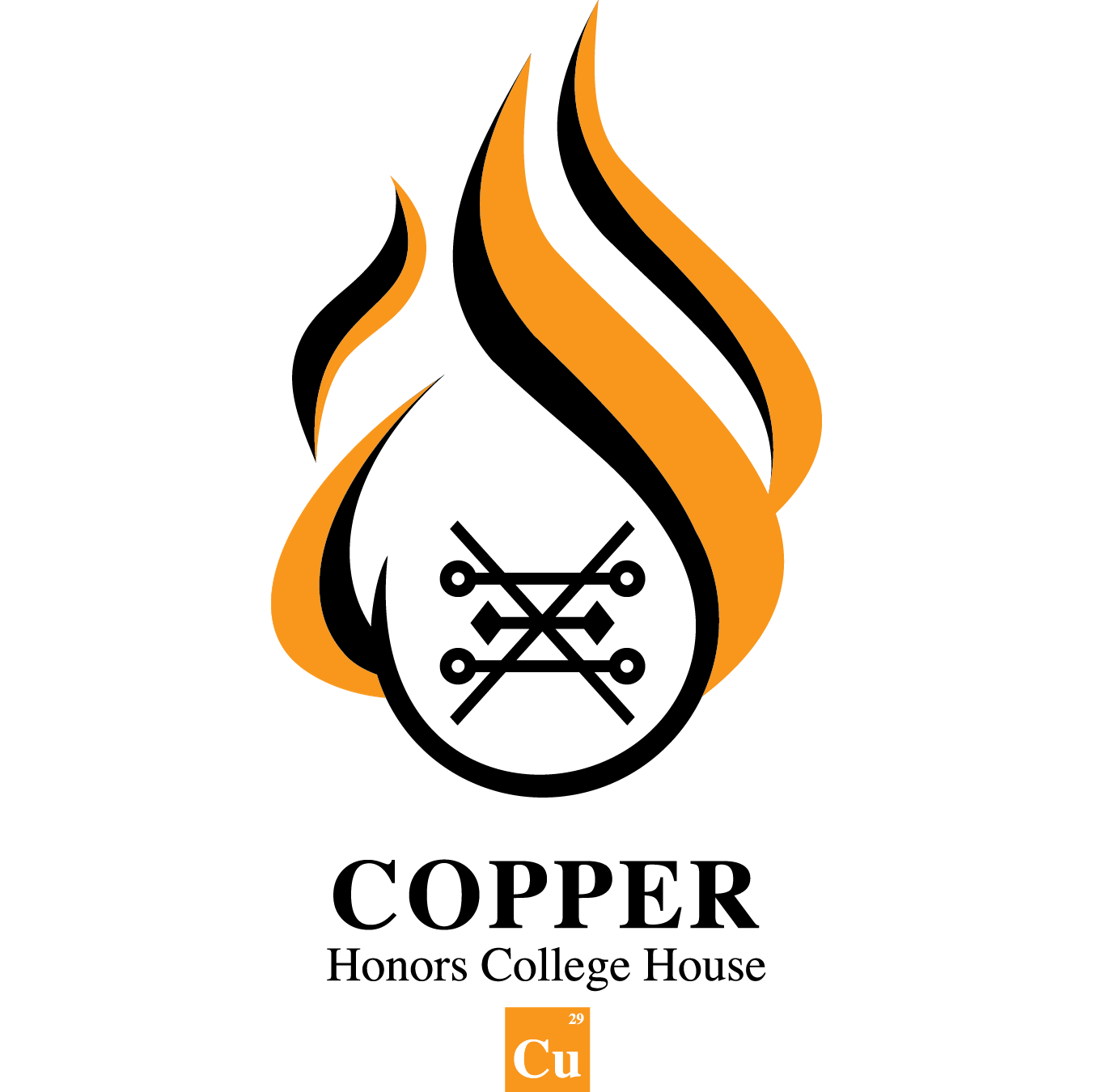
Copper House
Metal Fact: Copper was the first metal used by human. It has a unique reddish color and a high melting point (more than 1,900 degrees F)
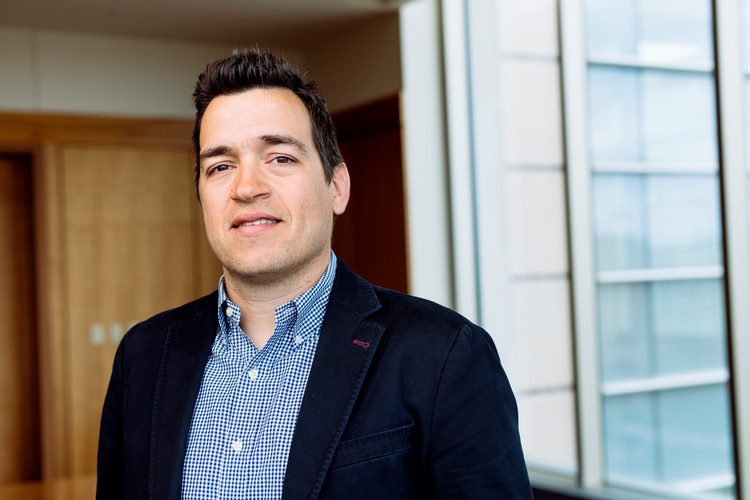
Dr. Kostas Grigoriou, kostasg@purdue.edu, Honors College Scholarly Fellow for Copper House, with inquiries.
Student liaison: Sophie Herr
Research Title: Value Creation and Tech-enabled Problem Solving through New Venture Building
Venture creation is a powerful engine for solving complex challenges, addressing pressing problems, and capitalizing on opportunities. Innovators leverage market insights, emerging technologies, and creative problem-solving to develop solutions that drive progress across industries. By identifying inefficiencies, unmet needs, or shifting consumer demands, new ventures introduce products, services, and business models that improve lives.
This is your opportunity to start with a passion area of yours – a hobby, cause, future job, company you admire, industry you are interested in, problem space you want to tackle – and practice what it would look like to drive meaningful change in it. If you ever said “someone should do something about this” or “we can do better than that!” about a space – that could be your one!
What you will you do?
Ecosystem and stakeholder mapping – understand all the actors involved in the space and the relationships among them
Customer discovery – interview potential customers to uncover jobs-to-be-done and which of those are valuable, important, and unmet
Value proposition – figure out how you can add value to people’s lives in the space and why what you want to do is different
Solution design – explore a number of potential solutions to find the one that resonates; ideally, a solution relying on AI or some type of information/data improvement; for no other reason other than that those are faster and easier to implement
Business model design (possible) – understand how the new venture would create and capture value
Launch strategy (possible) – find a home for the new venture! Where does it need to be to attract the resources needed for launch? An existing corporation, non-profit, public initiative, new startup, etc.?
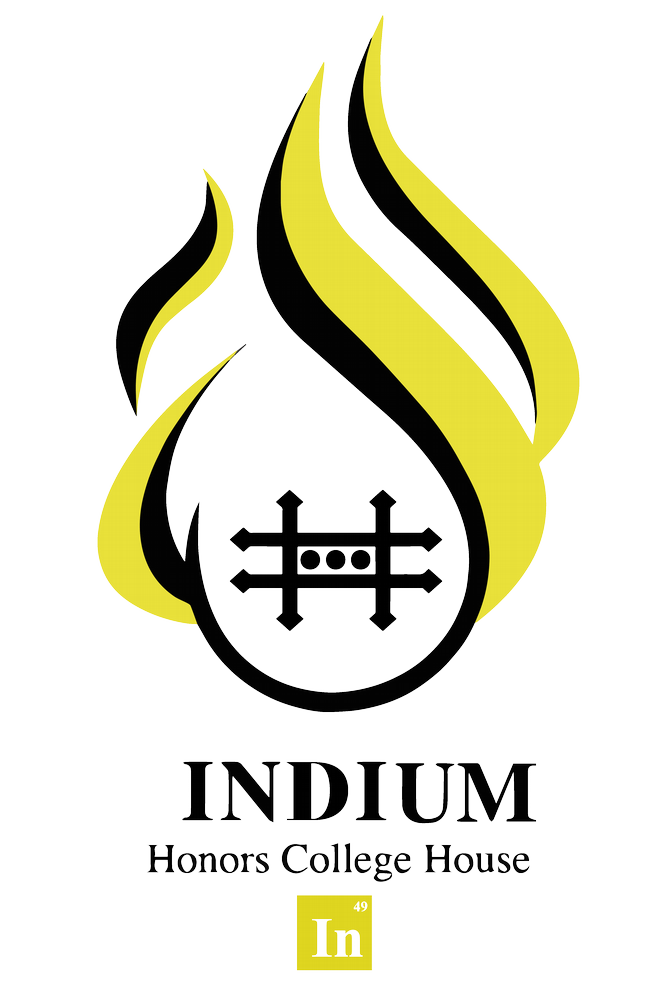
Indium House
Metal Fact: Indium is named after the Latin word "indicum," meaning "indigo," because of the bright indigo line in its atomic spectrum. This metal is also notable for its use in creating indium tin oxide (ITO), which is a transparent conductor commonly used in electronics!
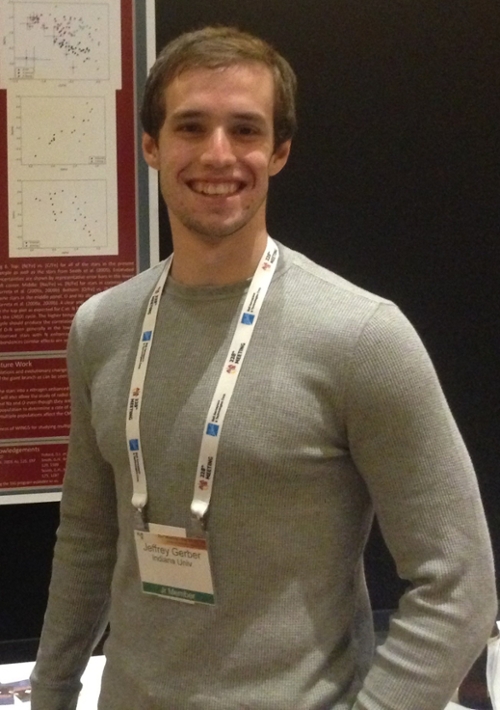
Contact: Dr. Jeffrey Gerber, gerber48@purdue.edu, Honors College Scholarly Fellow for Indium House, with inquiries.
Research: This research is focused on stellar evolution and stellar abundances, particularly relating to old stars similar in mass to our Sun. I study these stars using observations made with a spectrograph, which is an instrument mounted to a telescope that works like a prism to disperse the light of the star based on its wavelength and create a stellar spectrum. We then analyze the patterns we see in the spectra through modeling done on a computer to determine the abundances present in the stars’ atmospheres.
There are various projects ready for you as an undergraduate to start working on immediately (with data already collected) as well as plans for future projects involving conducting observations with the help of student researchers. Some of the projects with data already collected include determining heavy element abundances (Sr, Eu, Ba, etc.) in old, evolved stars in a stellar cluster and measuring how C and N changes in evolved stars in a different cluster. I’m also open to working on any project an undergraduate may have in mind that is related to the field of stellar spectroscopy or that uses any of the widely available public data from recent astronomical surveys such as Gaia. This is open to students of many majors – ask Dr. Gerber about your participation.
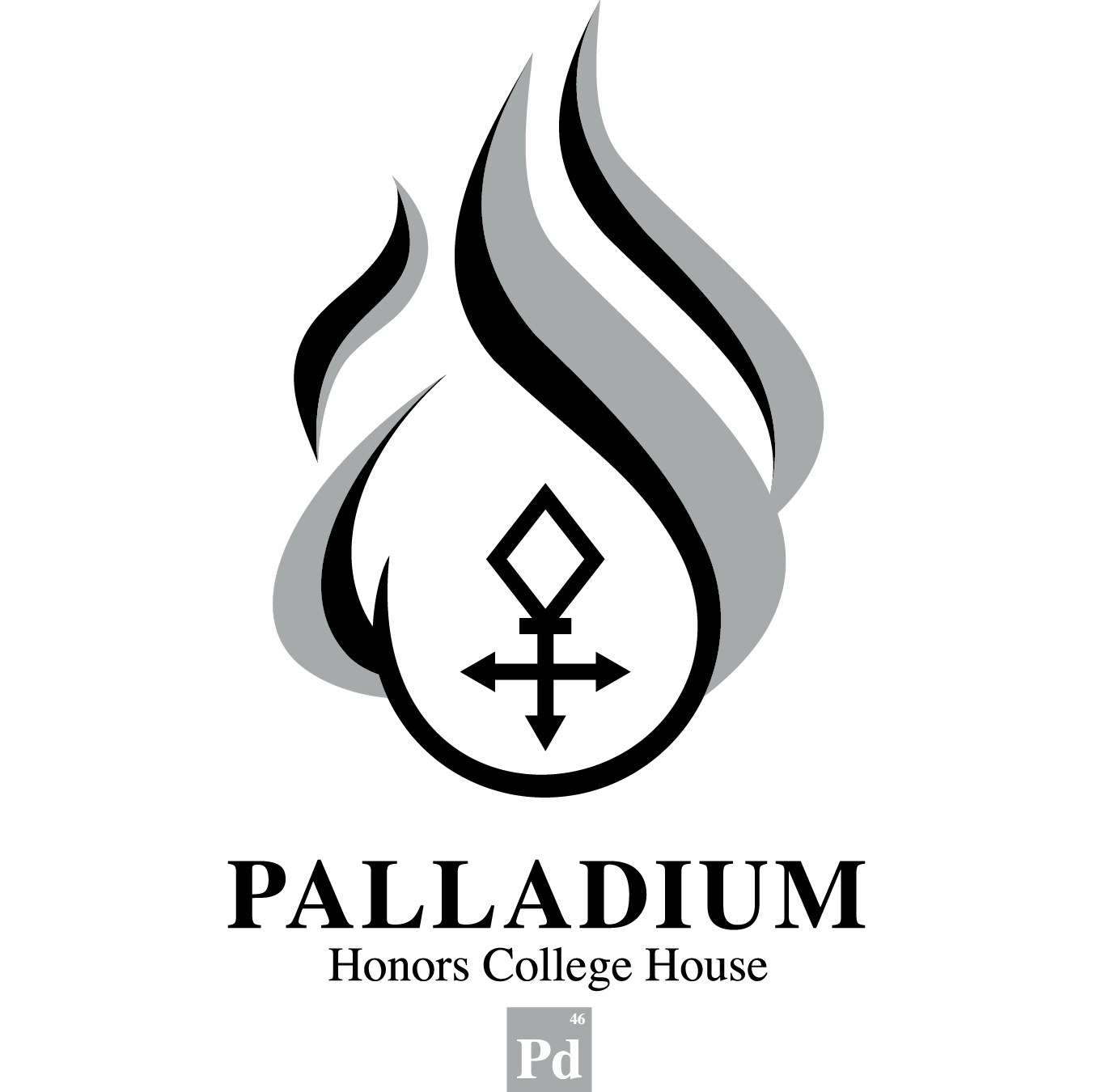
Palladium House
Metal Fact: Palladium is a silver-white, noble metal and is named for the asteroid Pallas, which was itself named after the mythological giant slain by pallas athena, the Greek goddess of wisdom.
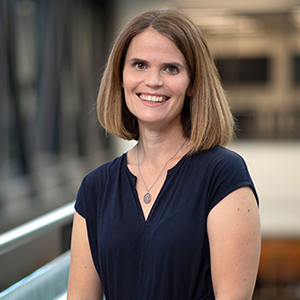
Contact: Dr. Jennifer Hall, jgibb@purdue.edu, Honors College Scholarly Fellow for Palladium House, with inquiries.
Student liaison: Hannah Cha
Research Title: Exploring College Students' Perceptions of Wellness and Help-Seeking
This team focuses on studying how course embedded activities and curriculum impact student’s concept of wellness, wellness related behaviors, and their perception of help-seeking. We look at the issue from multiple angles and try to better understand how students think about their personal wellness as well as how they think and feel about accessing support services. The ultimate goal is to provide messaging and education to help improve overall student wellbeing.
What can you do?
Team members will work on quantitative and qualitative data analysis, develop messages for pilot testing, and create recommendations for campus partners.
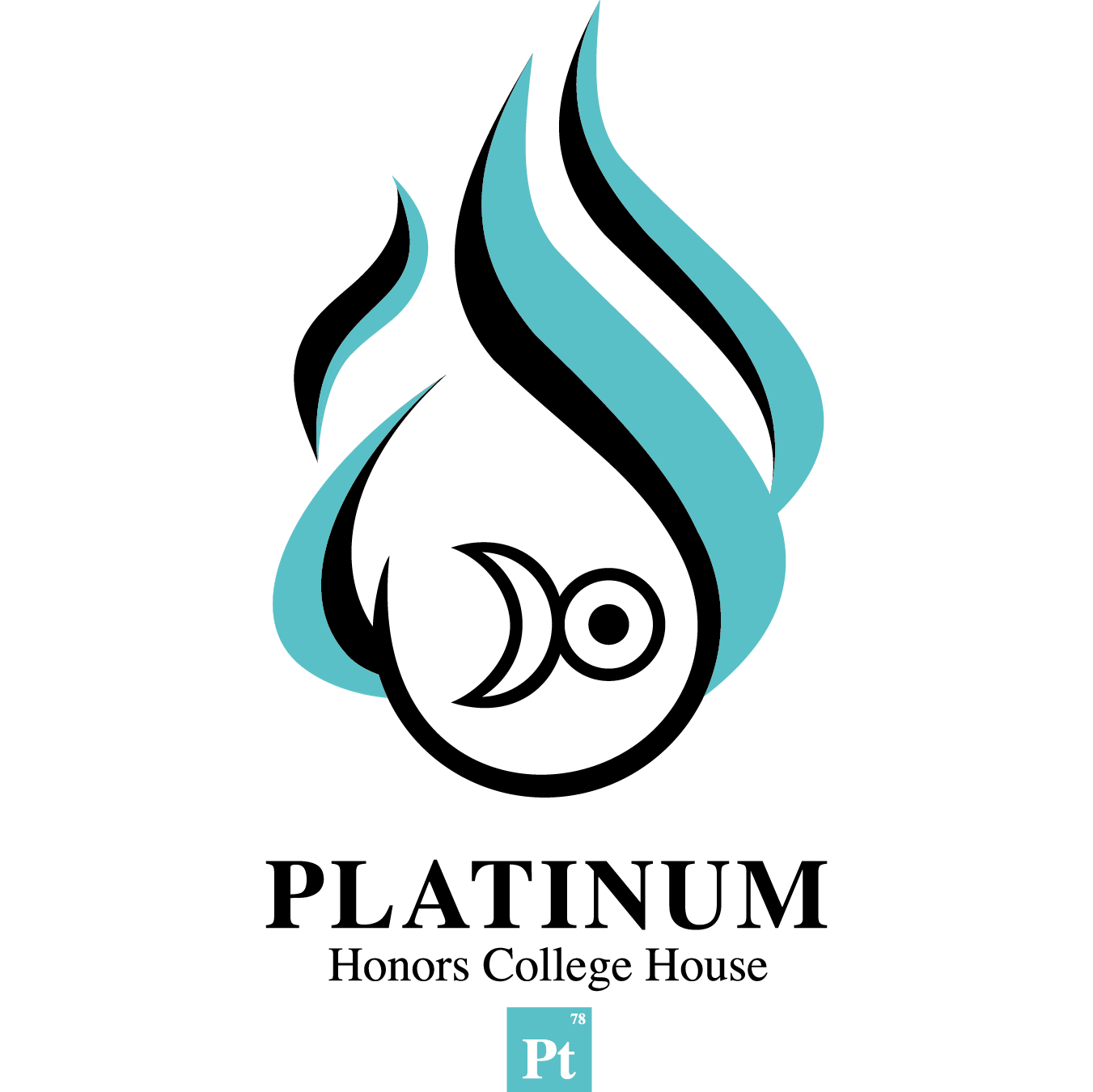
Platinum House
Metal Fact: A rare metal, platinum is highly malleable and ductile. Its extraordinary resistance to corrosion makes it one of the noble metals.
Research: Does how we teach ethics matter and can we teach it more effectively?

Contact: Cara Putnam, JD, MBA, cputman@purdue.edu, Honors College Scholarly Fellow for Platinum House, with inquiries.
Student liaison: Rayhan Arayilakath
Research: Does how we teach ethics matter and can we teach it more effectively? Join Professor Cara Putman and her team as they analyze student quantitative data to determine what is working. You may also be part of the first team to start assessing qualitative data. This is part of a longitudinal study that is launching based on earlier smaller studies.
What will you do?
Students will have the opportunity to work with Professor Cara Putman and Dr. Kelly Blanchard to analyze a dataset that has been created over five years related to undergraduate students and their impressions of ethics and education. Some examples of the potential layers of analysis include comparing results across colleges, between student populations like academic year, home residence, age, and gender. We’ve analyzed much of the data related to the School of Business, but have a wealth of opportunities to dig deeper and welcome you to our research group.
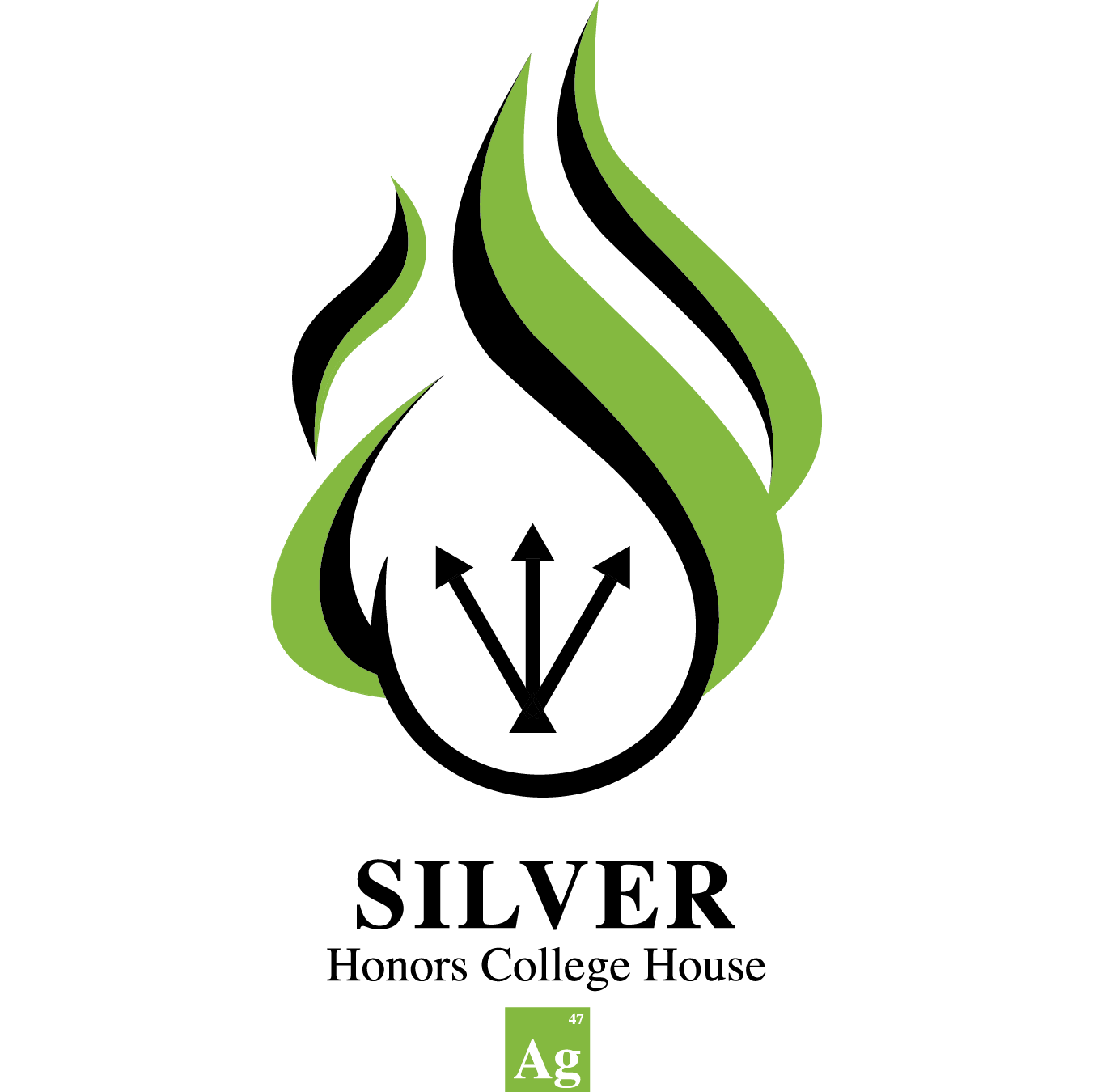
Silver House
Metal Fact: Researchers have found that coating underwater microphones, known as hydrophones, with a thin layer of silver nanoparticles can enhance their sensitivity to low-frequency sounds, which is important for studying marine biodiversity.
Research: Community-based approaches are integral to conservation at a local level through programs such as wildlife ambassadors, community celebrations, interactive displays, and field ecology work days.
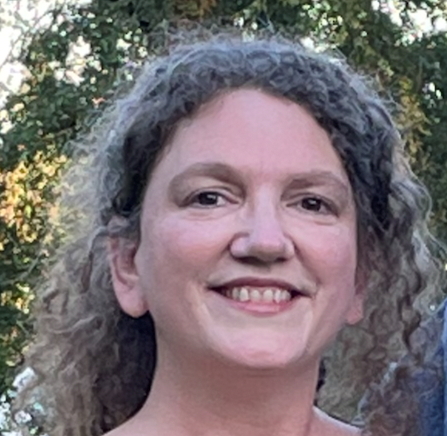
Contact: Dr. Kristen Bellisario, kbellisa@purdue.edu, Honors College Scholarly Fellow for Silver House, with inquiries.
Student liason: Archit Maurya
Research: How can community-based approaches be used to involve local populations in conservation projects to help reverse biodiversity loss ("reverse the red")?
Community-based approaches are integral to conservation at a local level through programs such as wildlife ambassadors, community celebrations, interactive displays, and field ecology workdays. We also use sonic biodiversity in ecological-based research to help understand impacts of noise and climate change on natural habitats, agroecological systems, and wildlife dispersal.
Join our mission to “reverse the red.” Your tasks are simple — bring passion, enthusiasm, and your skills to this interdisciplinary team. In one day, you can save a tree. In four months, you can discover the diversity of life in Indiana and help inform policy.
What can you do?
Label samples captured in the field. Film the process and tell a story. Design an interactive exhibit. Use field equipment. Study wildlife animals. Go on a field trip. Develop and engage in an ecology-based hackathon. Improve data workflow. Design a database system. Use AI to find patterns in ecology.
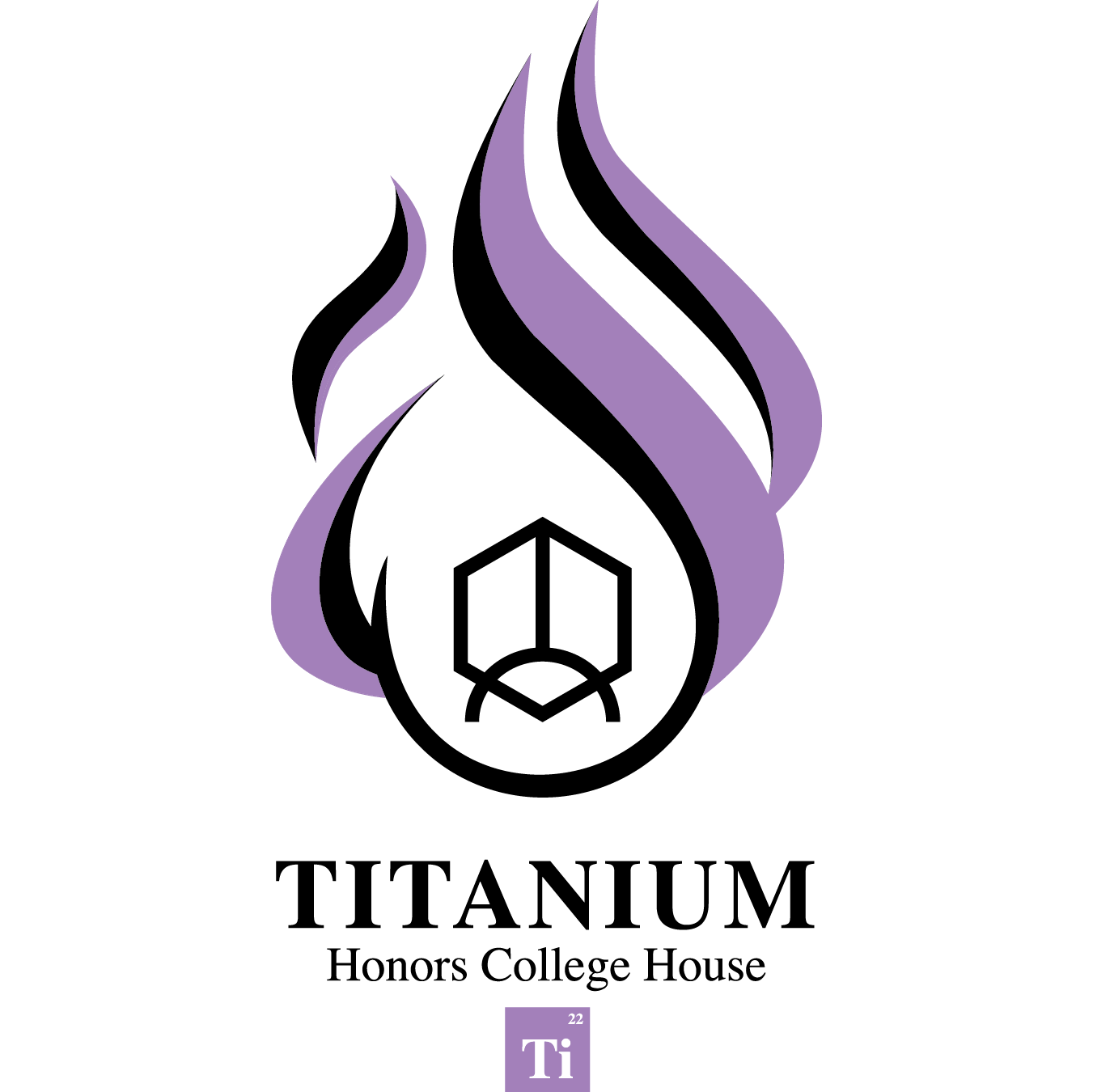
Titanium House
Metal Fact: Titanium has the highest strength-to-density ratio of any metal.
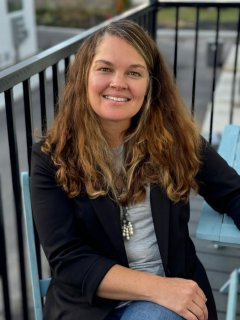
Contact: Dr. Lisa Bosman, lbosman@purdue.edu, Honors College Scholarly Fellow for Titanium House, with inquiries.
Student liason: Pratyush Chettri
Research: SPARK (Student Preparation and Research Knowledge)
JMHC undergraduate students complete Dr. Bosman’s semester-long structured SPARK (Student Preparation and Research Knowledge) onboarding program. The SPARK program requires students to meet weekly with Dr. Bosman to receive one-on-one mentoring. There are 4 key components to the SPARK Onboarding program: (1) complete IRB and Ethics related certifications, (2) learn how to conduct data analysis using real-world data, (3) present at the Purdue Undergraduate Research Symposium, and (4) submit a short manuscript to the Journal of Purdue Undergraduate Research.
2025 House Leaderboard
Want to know which house has the most Suitable points? Check out the FORGE Your Story House Scoreboard!
View Current LeaderboardTrophy History
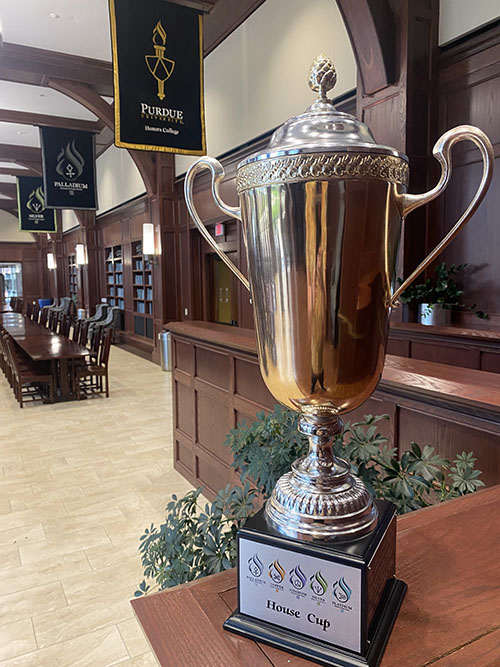
- 2024-2025: Indium
- 2023-2024: Platinum
- 2022-2023: Platinum
- 2021-2022: Copper
- 2020-2021: Titanium
- 2019-2020: Silver
- 2018-2019: Platinum
- 2017-2018: Copper